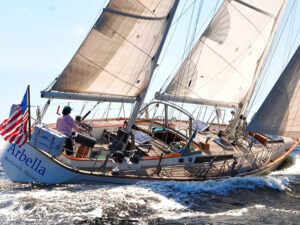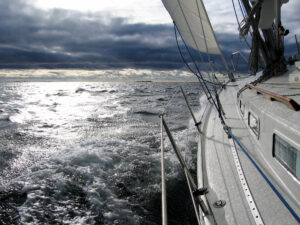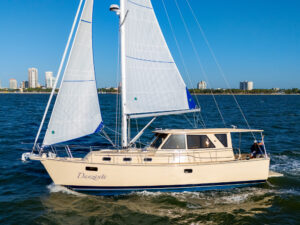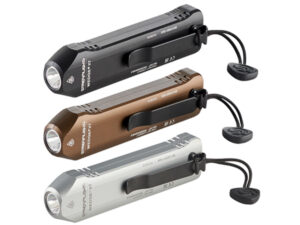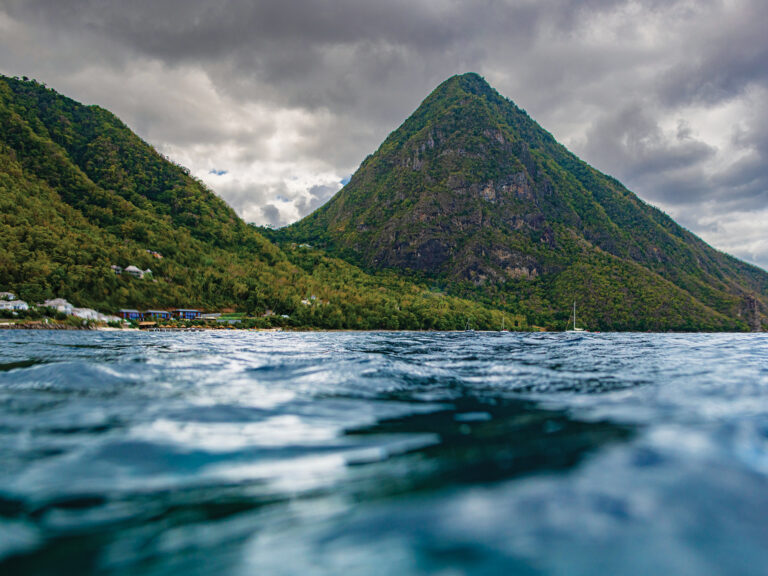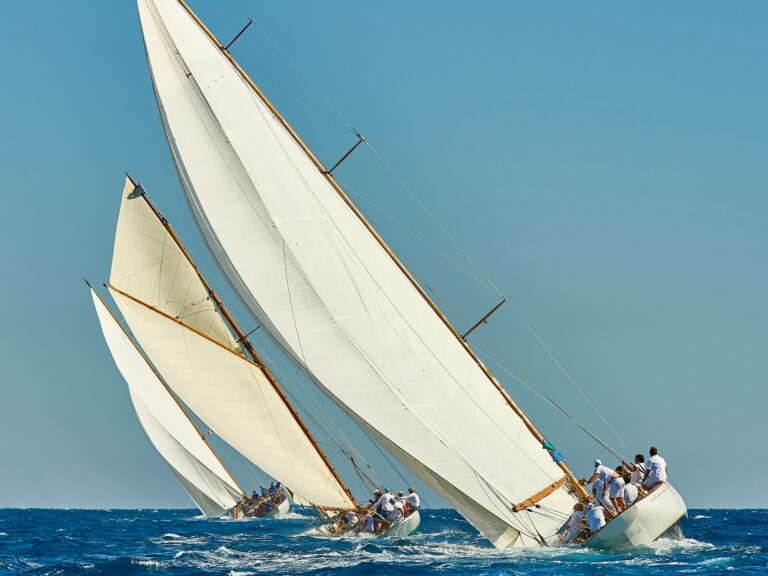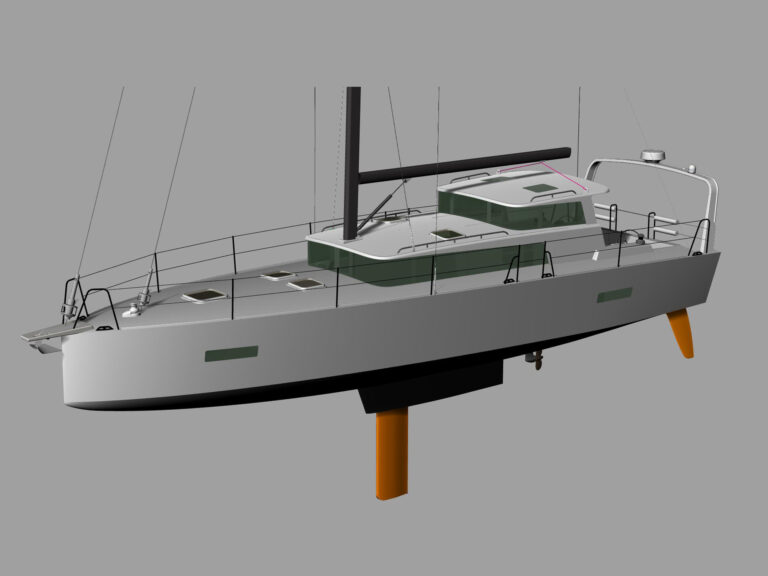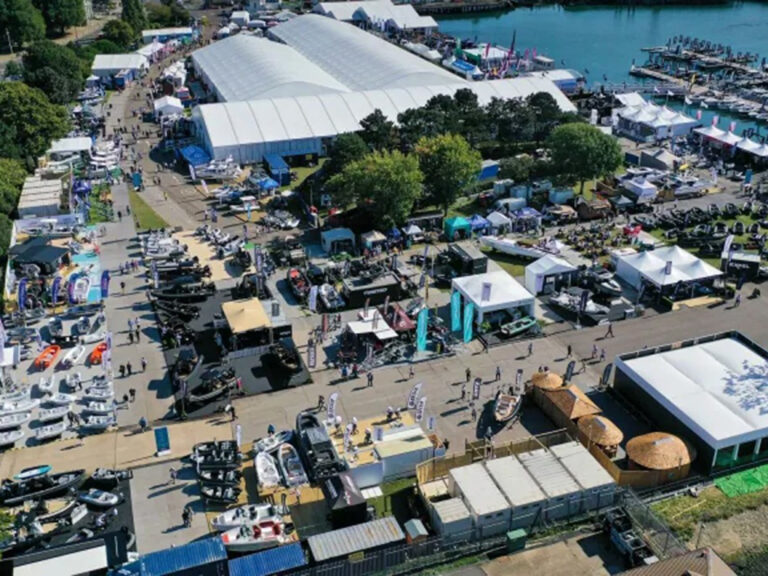About the time that the ink started bleeding across the page of my notebook, I began developing a huge appreciation for bimini tops and especially for hard dodgers. As part of Cruising World’s Boat of the Year competition, I was working the rain-swept boat-show docks in Newport, Rhode Island, with the other two nominating-round judges-editor at large Tim Murphy and Skip Moyer, a cruiser who is the past president of the
American Boat & Yacht Council. Over two days, the three of us inspected 16 sailboats, and then we reconvened three weeks later in Annapolis, Maryland, to look at 16 more before the U.S. Sailboat Show opened. Happily, Newport’s nor’easter had been replaced by light air on the Chesapeake, 75 degrees, and sunshine. Our mandate over the next three days was to choose two dozen of the best boats and nominate them in logical categories. We did this by Thursday and passed on the task of selecting the winners to a different team. We’d recruited four independent judges with diverse backgrounds in design, building, and systems as well as experience cruising in low and high latitudes, on monohulls and multihulls, and as families, couples, and singlehanded. (See “The Judges: How Do They Do It?,” page 70.)
Tim, a veteran of many BOTY campaigns, stayed on board to co-direct the judging process along with senior editor Mark Pillsbury. Their job was not only to shepherd the judges through boat-show crowds for a first-look inspection of each boat but also to maintain a sailing schedule for the 23 nominees during the four days after the show ended.
On Friday, the judges began four days of work dockside, just as temperatures dropped sharply and the rain returned with a vengeance. Fortunately, veteran cruiser Alvah Simon once spent a winter on his boat iced in between Canada and Greenland, and he soldiered through his day measuring lifelines and assessing deck layouts, lazarettes, and anchor lockers without complaint. Meantime, comfortably belowdecks, ABYC instructor Ed Sherman studied the engine and electrical systems, consumer rep and Caribbean cruiser Stacey Collins assessed livability, and designer Peter Wormwood considered construction and hull shape.
Then came four days of sailing six boats per day. Apparently, there was only one serious interruption, when a couple of fatigued judges wandered off to take an afternoon nap in a nearby park. While I’m sure there’s a story attached to that, I was back at my desk at the magazine office and didn’t get the full report. I did, however, receive the phone call from Mark on Friday night informing me of the winners.
I remember being surprised at one or two of the choices, but Mark observed that the opinions of the judges, too, were often changed by the test sail. Let that be a lesson to all of us: If the experts are sometimes surprised by a boat in its transition from dockside to sails up, readers should make sure to do their own on-water evaluations when they’re sailboat shopping.
All I said at the time, though, was, “Great job, Mark. When can you have your story done?” Needless to say, his story (see “2007 Blue-Ribbon Boats” on page 67) arrived on time for this issue. Along with it, in “The 2007 Cruising World Sailboat Show” (see page 78), you’ll also find short reviews of 32 other boats sailed by a phalanx of CW writers over the last several months. While this issue isn’t a comprehensive directory, we hope you’ll decide it’s a keeper that offers our impressions of a broad array of designs.
Plus, this month’s “2007 Cruising World Sailboat Show” doesn’t stop after the last page; take a look at CW’s website (www.cruisingworld.com), where you can find lots more photos of each model. And as we write reviews in the magazine, you’ll find them archived on our website as well.
Rain or shine, it’s show time at Cruising World.

